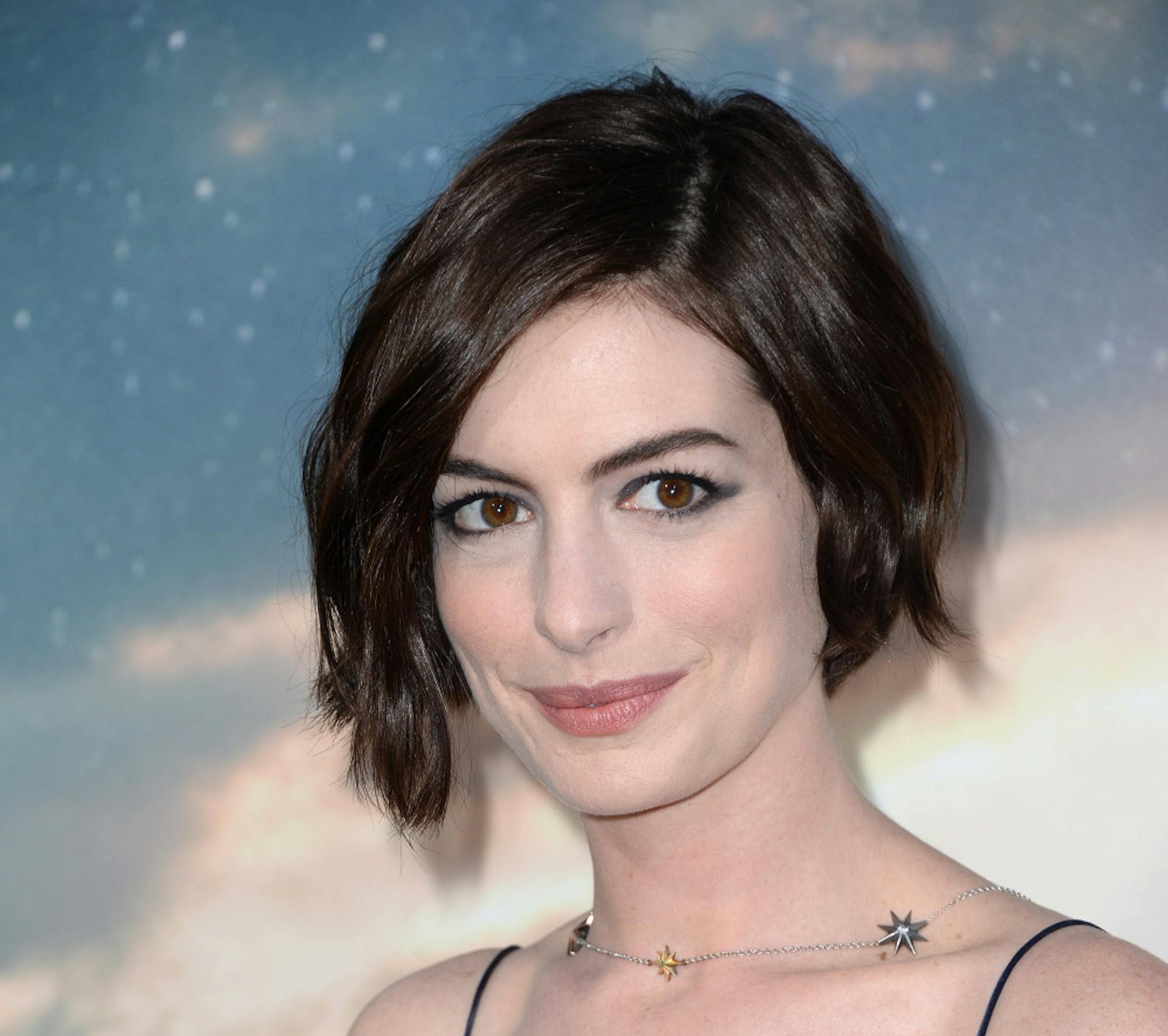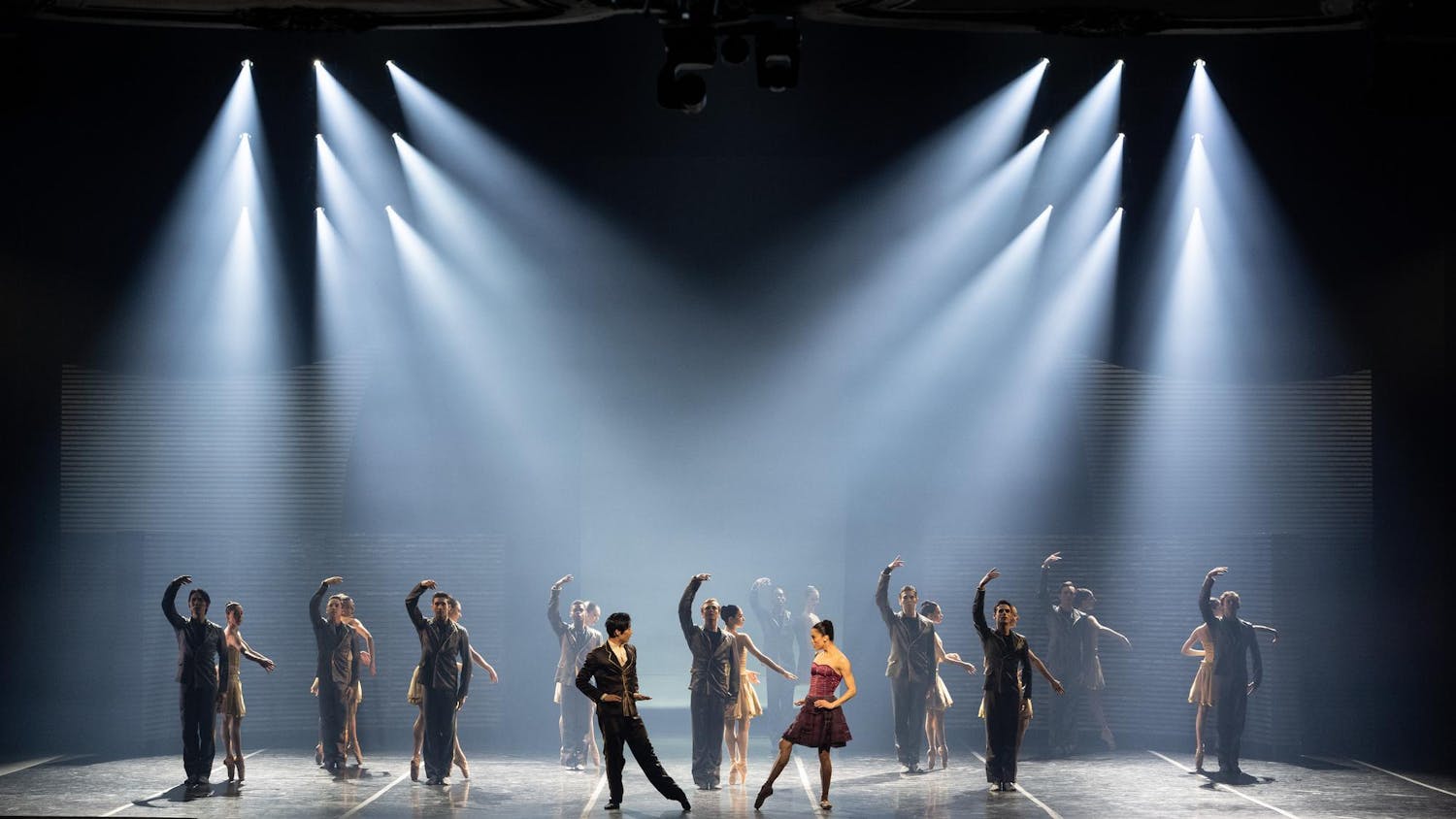For a film about space, "Interstellar’s" long first act has a very earthly setting: an arid, generically midwestern, desert-like farm. Upon entering the film, viewers find themselves in a near-future reality where an unnamed blight has destroyed most crops, and in which humanity has retreated to a mostly agrarian society. Here, former astronaut Cooper (Matthew McConaughey) is a disgruntled but responsible farmer whose daughter Murph (Mackenzie Foy, Jessica Chastain) ages considerably between Cooper's space missions. Cooper's family stumbles upon hints of a secret NASA mission to travel through a wormhole to discover potentially habitable alien planets. Cooper’s former mentor, Professor Brand (Michael Caine), enlists him on the mission along with Brand's own daughter (Anne Hathaway). From there "Interstellar" -- which was released on Nov. 5 -- launches into a wild adventure across worlds and time.
Director Christopher Nolan’s ninth feature-length film, "Interstellar" is a paean and an homage to epic space-travel sagas of old, invoking the vast, ambitious storytelling of classics of the science fiction genre such as "2001: A Space Odyssey" (1968) and "Solaris" (1972). All of the greatest hits are here: wormholes, interstellar travel, snarky robots, prolonged hibernation, the bending of time, ice planets and mysterious alien life forms. Despite self-consciously placing itself alongside science fiction giants, "Interstellar" also finds surprising cousins in more intimate films like "Sunshine" (2007) and "Moon" (2009), where space serves as a dreamlike canvas for stories that probe human conflict and tragedy.
Much of the hype surrounding "Interstellar" has been focused on the involvement of theoretical physicist Kip Thorne and the use of his scientific work as storytelling inspiration. Thorne and producer Lynda Obst were friends of Carl Sagan, who himself famously ventured into science fiction filmmaking with "Contact" (1997). The seeds of "Interstellar" came from Thorne and Obst’s desire to create a film that puts science at the core of a plot, and it shows; in terms of plot and character and visual storytelling, this is a film that finds respect and awe for scientific endeavor.
As scientifically oriented as "Interstellar" is, the film is also deeply spiritual and uses science as a tool to discover the philosophical questions about humanity and life that epic science fiction has classically confronted. The awe of black holes and wormholes is intricately tied to the awe and tragedy of humanity; every look forward into the future is coupled with a look back into our past.
Nolan has said that he hopes this film will inspire and encourage human spaceflight. With that goal in mind, "Interstellar" begins with Earth on the brink of an apocalypse, where humanity has lost the desire to explore, living only for immediate survival. There is a childlike love of outer space in this film, and Nolan’s emotional treatment of it is the antithesis of last year’s "Gravity." Whereas the latter used the vastness of space as a source of fear and represented it as an enemy to be fought, "Interstellar" looks at space and finds endless potential.
Across its many acts, "Interstellar’s" consistent attention to visual detail and restrained bursts of awe and wonder are refreshingly delightful in an era when blockbusters often bombard the eyes with too much, and arthouse films offer them too little. Notably, this marks Nolan’s first collaboration with cinematographer Hoyte van Hoytema, who is known for shooting much more intimate films such as "Her" (2013), "Tinker Tailor Soldier Spy" (2011) and "Let the Right One In" (2008). His attention to human storytelling proves useful here, rooting its broad scope in a handful of human characters.
Alas, "Interstellar" is perhaps the worst culprit yet of Nolan’s perennial flaw as a filmmaker, namely his tendency to avoid character development to make time for plot, thematic commentary and visual storytelling. But, like in his other films, this flaw never becomes fatal. There is hardly a moment in "Interstellar" that feels wasted. Every pause on the landscape of some alien planet, every aerial shot of cornfields, every scene that dwells on the vastness of space feels calculated. The film often avoids losing itself to this flaw through its fantastic cast. Hathaway and Chastain in particular take lightly written characters and infuse them deftly and powerfully with meaning, underwriting the emotional resonance of the entire film.
This is a film that confidently situates itself alongside epic science fiction classics, but also bears all the hallmarks of a Nolan film. It is a little overexcited, albeit visually striking, and at once deeply spiritual and technical, not to mention filled with a sense of grandeur. Bursting at the edges with ambition, some viewers may feel that "Interstellar" tips over into being pretentious. It might -- but if audiences give Nolan a chance to share the obvious enthusiasm he has for this material, "Interstellar" will reward them with a powerful sense of awe.






